Home>Storage & Organization>Kitchen Organizing Tools>Why My Cat Plays In The Litter Box
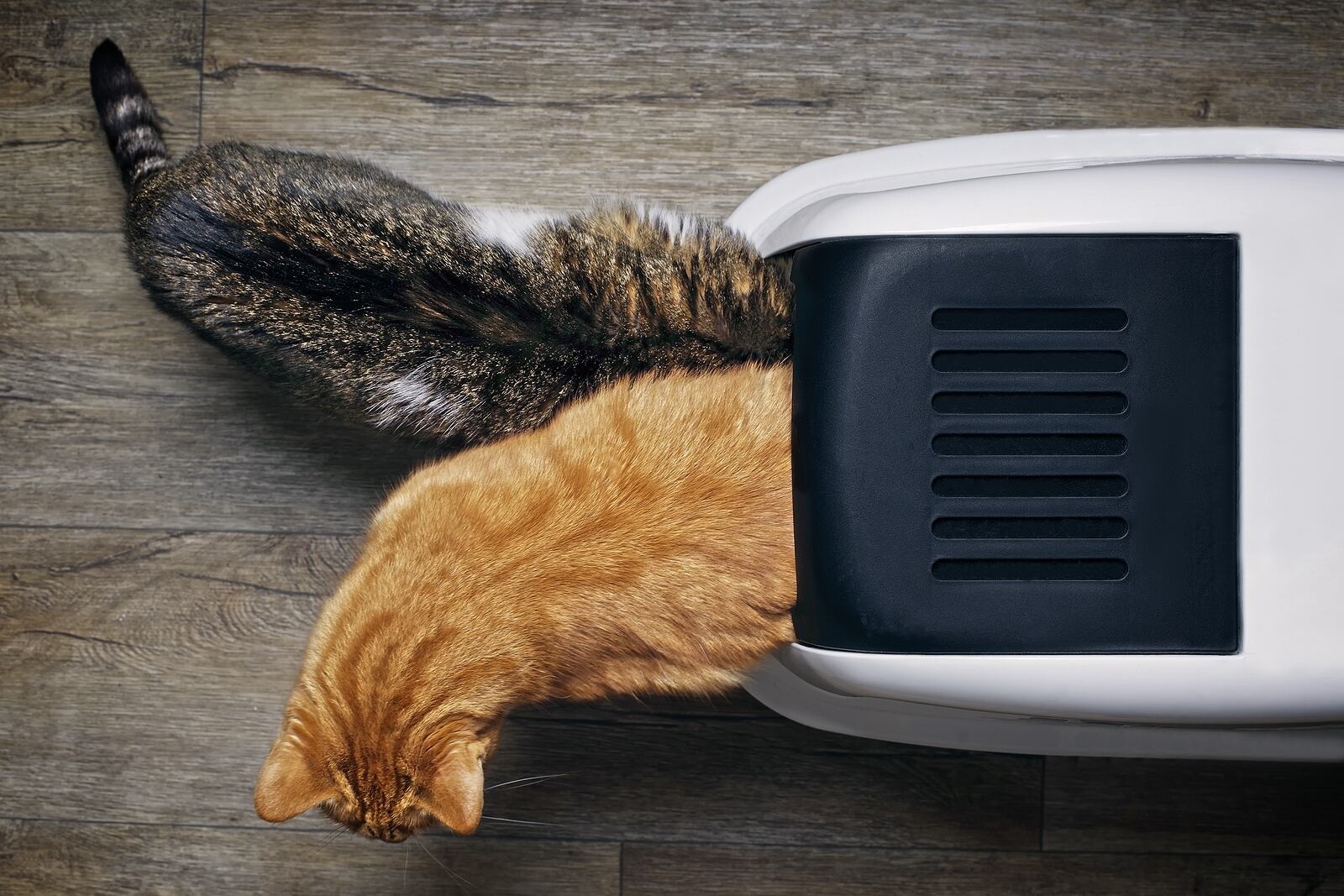

Kitchen Organizing Tools
Why My Cat Plays In The Litter Box
Published: February 23, 2024
Discover the best kitchen organizing tools to keep your space clutter-free and efficient. Find practical solutions for a tidy and functional kitchen.
(Many of the links in this article redirect to a specific reviewed product. Your purchase of these products through affiliate links helps to generate commission for Storables.com, at no extra cost. Learn more)
Introduction
Cats are fascinating creatures with unique behaviors that often leave their human companions puzzled. One such behavior that may perplex cat owners is when their feline friend starts playing in the litter box. While it may seem unusual or even concerning, there are various reasons why cats engage in this behavior. Understanding the underlying causes and learning how to address them is crucial for maintaining a harmonious relationship with your pet.
In this article, we will delve into the intriguing world of feline behavior and explore the potential reasons why cats may choose to play in their litter boxes. By gaining insight into their motivations, we can take proactive steps to encourage proper litter box use and ensure our cats' well-being. So, let's embark on this enlightening journey to unravel the mysteries behind our cats' litter box antics.
Key Takeaways:
- Cats play in the litter box out of curiosity, grooming instincts, and as a way to relieve stress. Understanding their behavior helps create a comfortable environment for them.
- To encourage proper litter box use, keep it clean, offer multiple boxes for multi-cat households, and address any underlying stress or anxiety. Positive reinforcement and understanding your cat’s preferences are key.
Read more: Why Is My Cat Staring At The Litter Box
Understanding Cat Behavior
Cats are enigmatic creatures with a rich tapestry of behaviors that often leave their human companions both amused and perplexed. To truly comprehend why a cat may engage in the peculiar behavior of playing in the litter box, it's essential to delve into the intricate nuances of feline behavior.
First and foremost, cats are inherently curious beings. Their inquisitive nature drives them to explore their surroundings, interact with various objects, and investigate new scents and textures. This curiosity extends to their litter box, which serves as a significant part of their territory. For a cat, the litter box is not just a functional necessity but also a space that holds a wealth of sensory information. The unique textures of the litter, combined with the scents left behind, pique their curiosity and entice them to engage in playful behavior.
Furthermore, cats are fastidious groomers by nature. They are meticulous about maintaining their cleanliness and often exhibit fastidious grooming rituals. Playing in the litter box may be an extension of this grooming behavior, as they use their paws to sift through the litter, mimicking the actions of grooming. This behavior allows them to satisfy their innate grooming instincts while also providing mental stimulation.
Additionally, the litter box can serve as a sanctuary for cats, offering a sense of security and comfort. When a cat feels stressed or anxious, they may seek solace in familiar spaces, such as their litter box. Engaging in playful behavior within the litter box could be their way of seeking refuge and finding a moment of respite from external stressors.
Understanding these aspects of feline behavior provides valuable insights into the motivations behind a cat's decision to play in the litter box. By recognizing the innate curiosity, grooming instincts, and the need for security that drive this behavior, cat owners can approach the situation with empathy and a deeper understanding of their feline companions.
In the next section, we will explore the potential reasons behind a cat's inclination to play in the litter box and discuss proactive measures to encourage proper litter box use.
Possible Reasons for Playing in the Litter Box
-
Exploration and Curiosity: Cats are naturally curious creatures, and their litter box is no exception. The unique textures and scents of the litter can pique their interest, prompting them to engage in playful behavior. For a cat, the litter box is a fascinating sensory experience, and they may view it as an intriguing playground to satisfy their inquisitive nature.
-
Grooming Instincts: Cats are meticulous groomers, and the act of playing in the litter box may mimic their grooming behavior. By using their paws to sift through the litter, cats may be satisfying their innate grooming instincts. This behavior provides mental stimulation and allows them to engage in a grooming-like activity outside of their regular grooming sessions.
-
Stress Relief and Comfort: In times of stress or anxiety, cats may seek out familiar and secure spaces for solace. The litter box, being a part of their territory, can offer a sense of security. Engaging in playful behavior within the litter box may serve as a coping mechanism for cats, providing them with a moment of respite from external stressors.
-
Play and Entertainment: Cats are playful by nature, and the litter box may present an enticing environment for them to engage in playful activities. The texture of the litter and the confined space of the box can appeal to their playful instincts, offering them a private and secluded area for entertainment.
-
Marking Territory: Cats are territorial animals, and the litter box is a significant part of their territory. By playing in the litter box, cats may be engaging in a form of territorial behavior, leaving their scent and markings as a way to assert ownership and establish familiarity within their environment.
Understanding these potential reasons behind a cat's inclination to play in the litter box provides valuable insights into their behavior. By recognizing the multifaceted nature of their motivations, cat owners can take proactive measures to encourage proper litter box use and ensure their feline companions' well-being.
How to Encourage Proper Litter Box Use
Encouraging proper litter box use is essential for maintaining a harmonious environment for both cats and their human companions. By implementing proactive strategies and creating an inviting litter box environment, cat owners can effectively address and mitigate the behavior of playing in the litter box. Here are some practical tips to encourage proper litter box use:
1. Provide a Clean and Comfortable Litter Box Environment
Ensuring that the litter box is clean and inviting is crucial for encouraging cats to use it appropriately. Regularly scoop the litter to remove waste and clumps, and replace the litter as needed to maintain freshness. Cats are fastidious creatures and may be deterred from using a soiled or malodorous litter box.
Read more: Why Is My Cat Scared Of The Litter Box?
2. Offer Multiple Litter Boxes
For households with multiple cats, providing more than one litter box can help prevent territorial issues and reduce the likelihood of inappropriate elimination. Each cat should have access to their own designated litter box, placed in separate, easily accessible locations throughout the home.
3. Choose the Right Type of Litter
Cats have individual preferences when it comes to litter texture and scent. Experiment with different types of litter to determine which variety your cat prefers. Whether it's clumping, non-clumping, scented, or unscented litter, finding the right fit can encourage your cat to use the litter box consistently.
4. Enrich the Litter Box Environment
Incorporating interactive elements into the litter box area can make it a more appealing space for your cat. Consider placing toys, scratching posts, or cozy bedding near the litter box to create a positive association. This can help shift your cat's focus from playing in the litter to engaging in enriching activities in the vicinity of the litter box.
5. Address Underlying Stress or Anxiety
If your cat's litter box behavior is linked to stress or anxiety, it's important to identify and address the underlying triggers. Providing a calm and secure environment, offering enriching activities, and creating designated retreat spaces can help alleviate stress and promote proper litter box use.
Read more: Why Does My Cat Spray In The Litter Box?
6. Positive Reinforcement and Training
Using positive reinforcement techniques, such as treats and praise, can encourage desired litter box behaviors. When your cat uses the litter box appropriately, offer verbal praise and rewards to reinforce the behavior. Avoid punishment, as it can create negative associations with the litter box.
By implementing these strategies and understanding your cat's unique preferences and behaviors, you can create an environment that promotes proper litter box use and fosters a strong bond between you and your feline companion. With patience, consistency, and a proactive approach, you can effectively encourage your cat to engage in appropriate litter box behaviors, ensuring a harmonious living space for both you and your beloved pet.
Conclusion
Understanding the intricacies of a cat's behavior, including their penchant for playing in the litter box, provides valuable insights into their unique needs and instincts. Cats are complex and multifaceted creatures, and their behaviors often serve as a means of communication and self-expression. By recognizing the various reasons behind a cat's inclination to engage in playful behavior in the litter box, cat owners can approach the situation with empathy and a deeper understanding of their feline companions.
In conclusion, the behavior of playing in the litter box can stem from a combination of factors, including curiosity, grooming instincts, stress relief, playfulness, and territorial marking. Each cat is an individual with distinct preferences and behaviors, and it's essential to tailor the litter box environment to meet their specific needs. By providing a clean, comfortable, and enriching litter box environment, offering multiple litter boxes for multi-cat households, and addressing underlying stress or anxiety, cat owners can encourage proper litter box use and foster a positive relationship with their pets.
Ultimately, the key to addressing the behavior of playing in the litter box lies in proactive measures, patience, and a deep understanding of feline behavior. By creating a supportive and inviting environment, using positive reinforcement techniques, and addressing any underlying stressors, cat owners can guide their feline companions toward appropriate litter box behaviors. Through this approach, a harmonious living space can be established, where both cats and their human companions can coexist in comfort and understanding.
As we continue to unravel the mysteries of feline behavior, it's important to approach our interactions with cats with empathy, respect, and a willingness to understand their unique perspectives. By doing so, we can forge stronger bonds with our feline friends and create environments that cater to their physical, emotional, and behavioral well-being. In the enigmatic world of cats, every behavior holds a story waiting to be understood, and it is through this understanding that we can truly nurture fulfilling relationships with our beloved feline companions.
Frequently Asked Questions about Why My Cat Plays In The Litter Box
Was this page helpful?
At Storables.com, we guarantee accurate and reliable information. Our content, validated by Expert Board Contributors, is crafted following stringent Editorial Policies. We're committed to providing you with well-researched, expert-backed insights for all your informational needs.
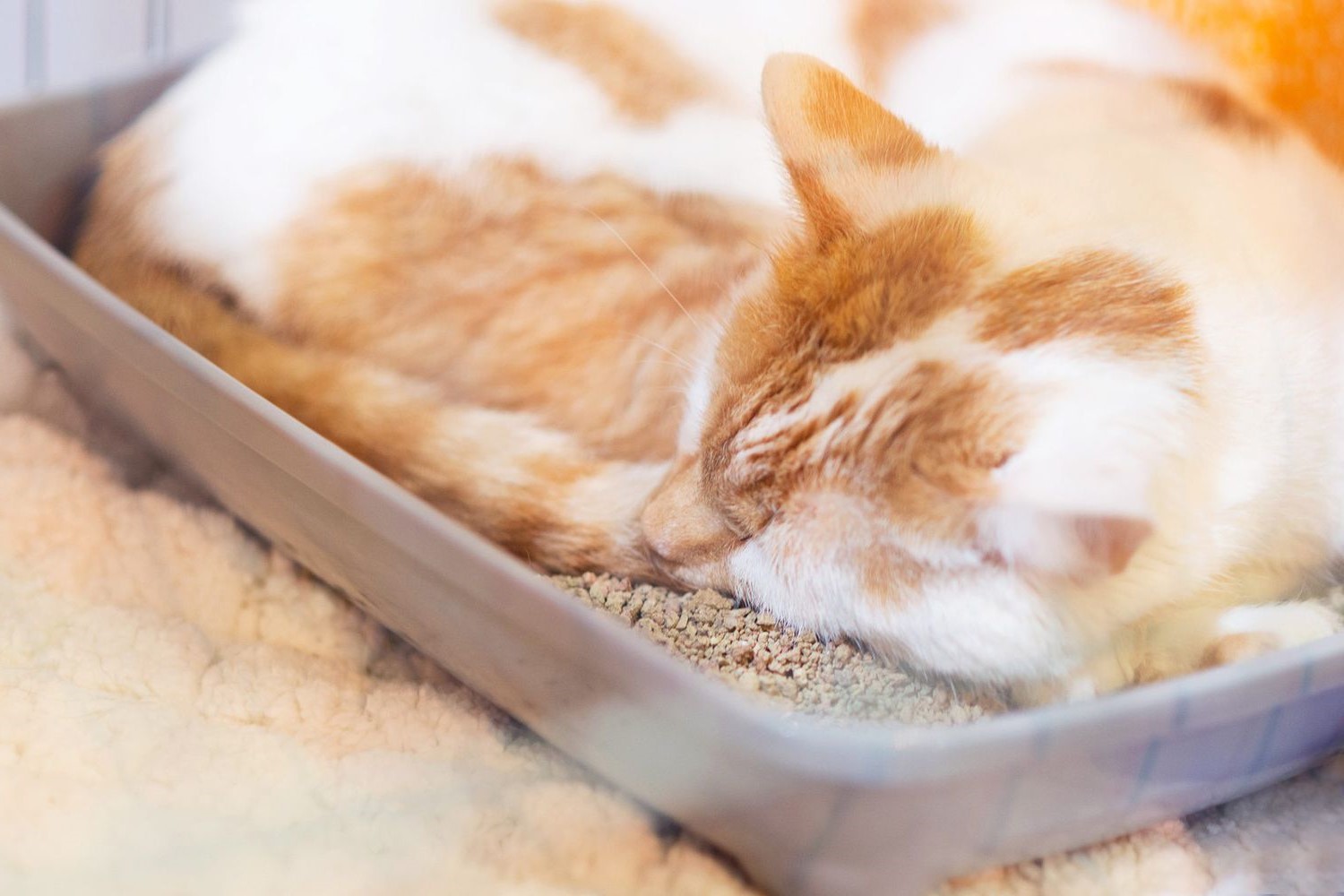
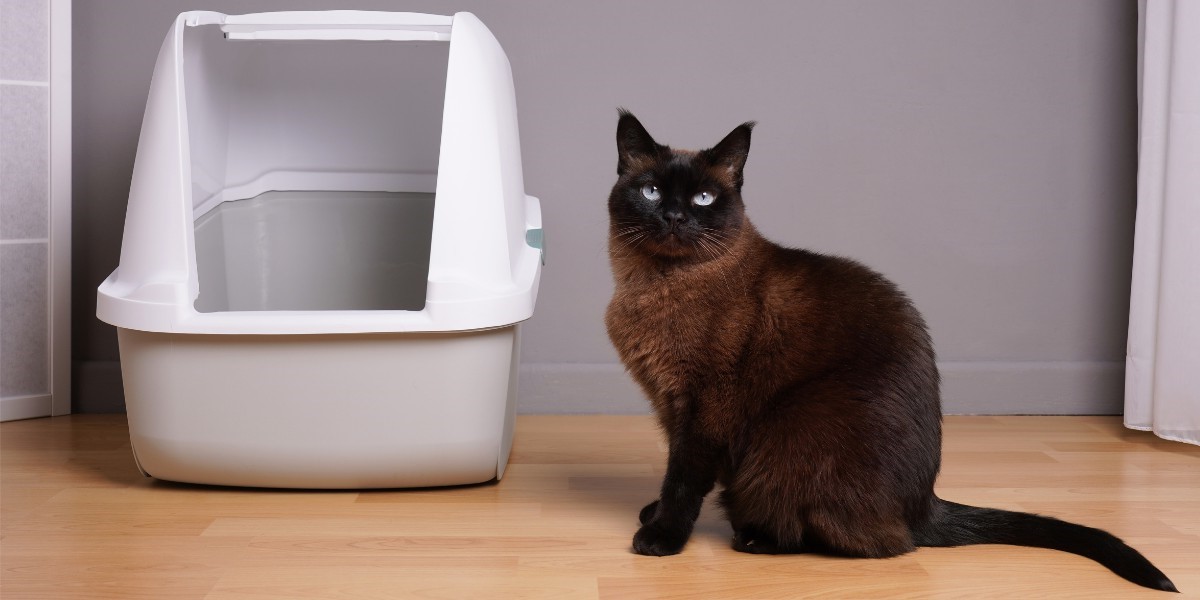
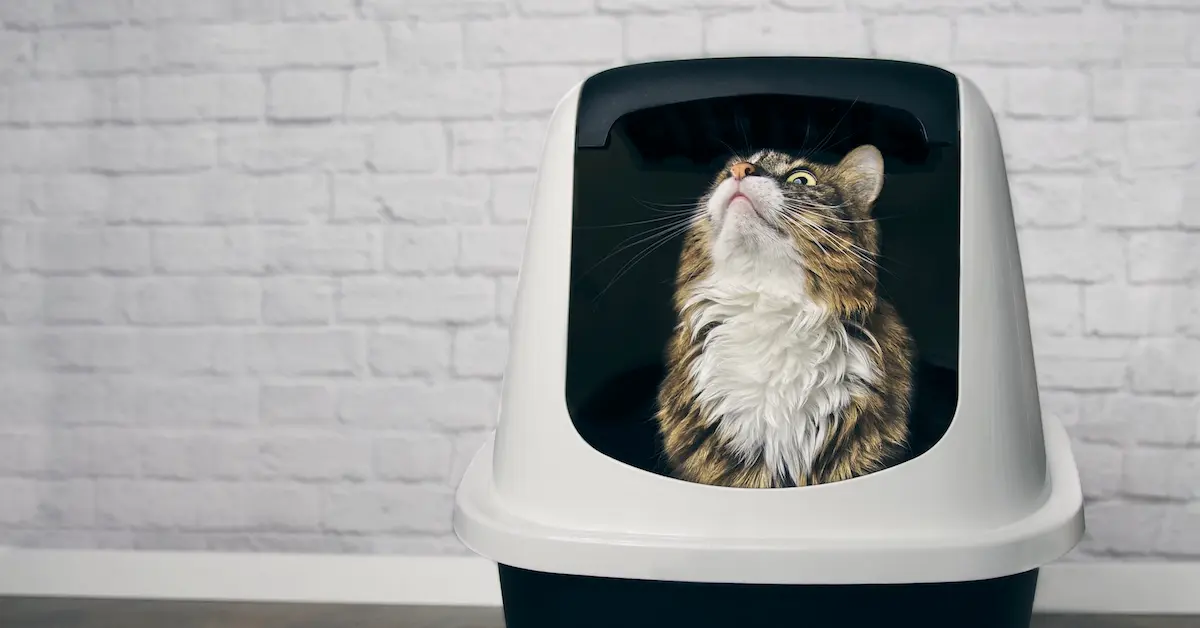
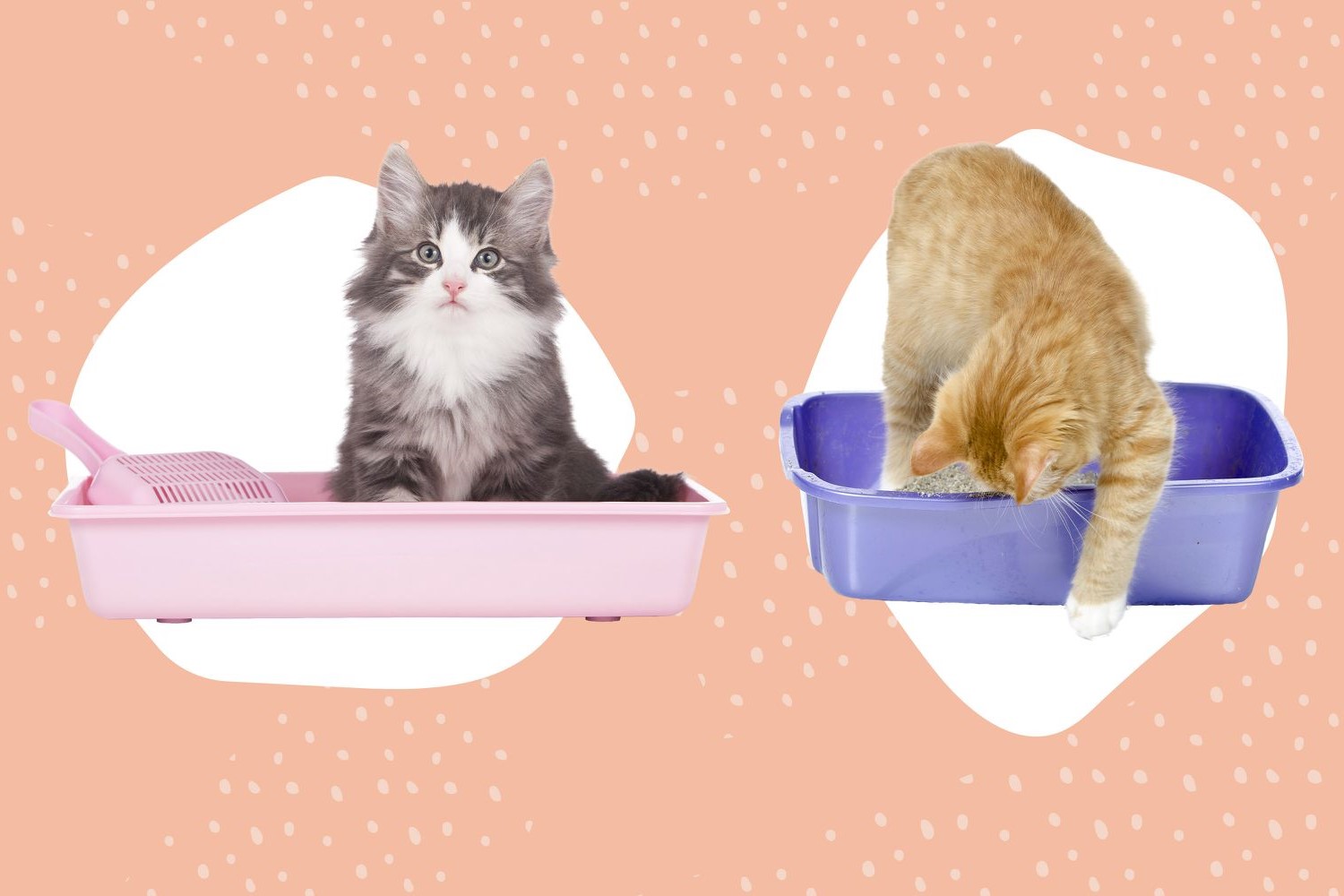
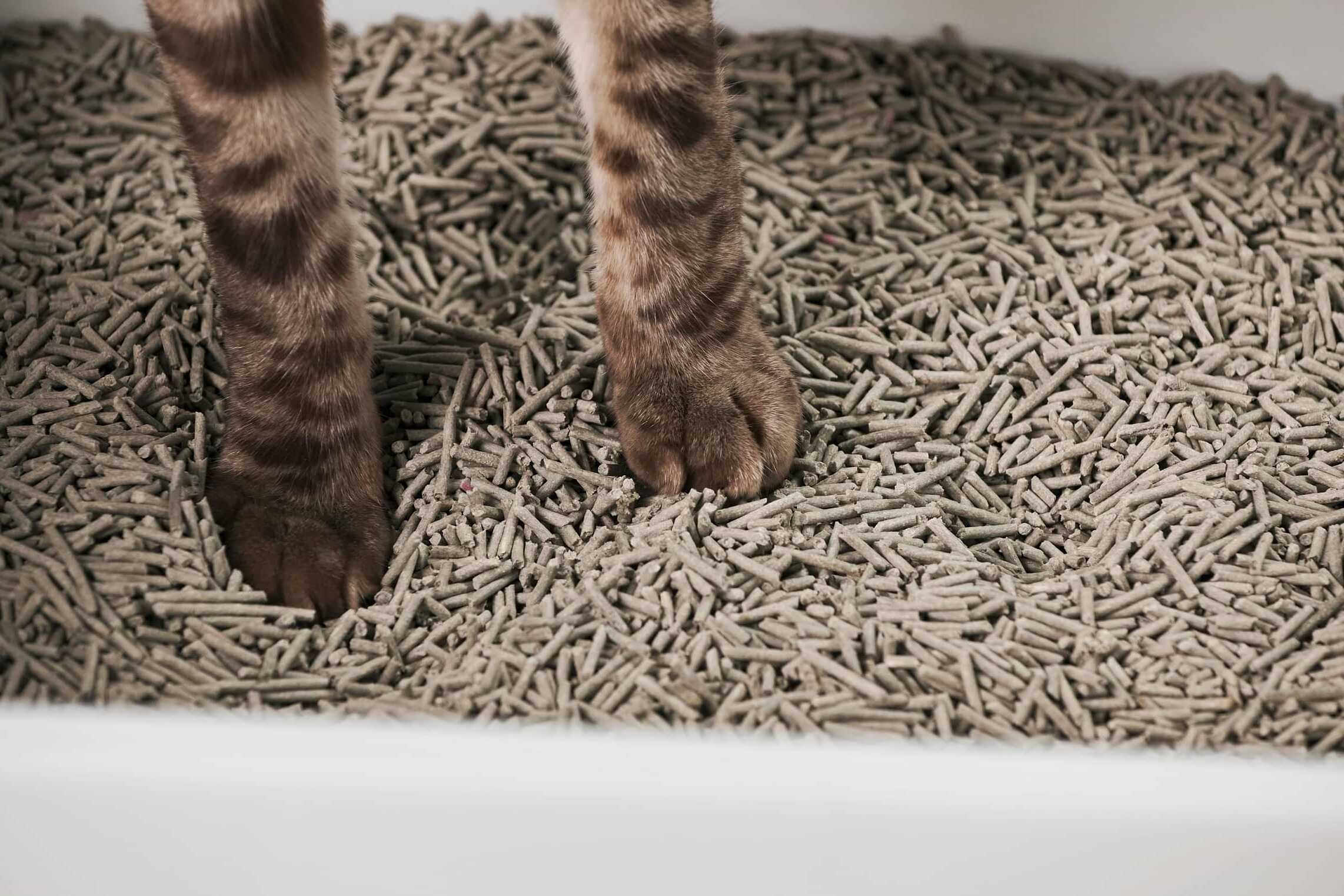
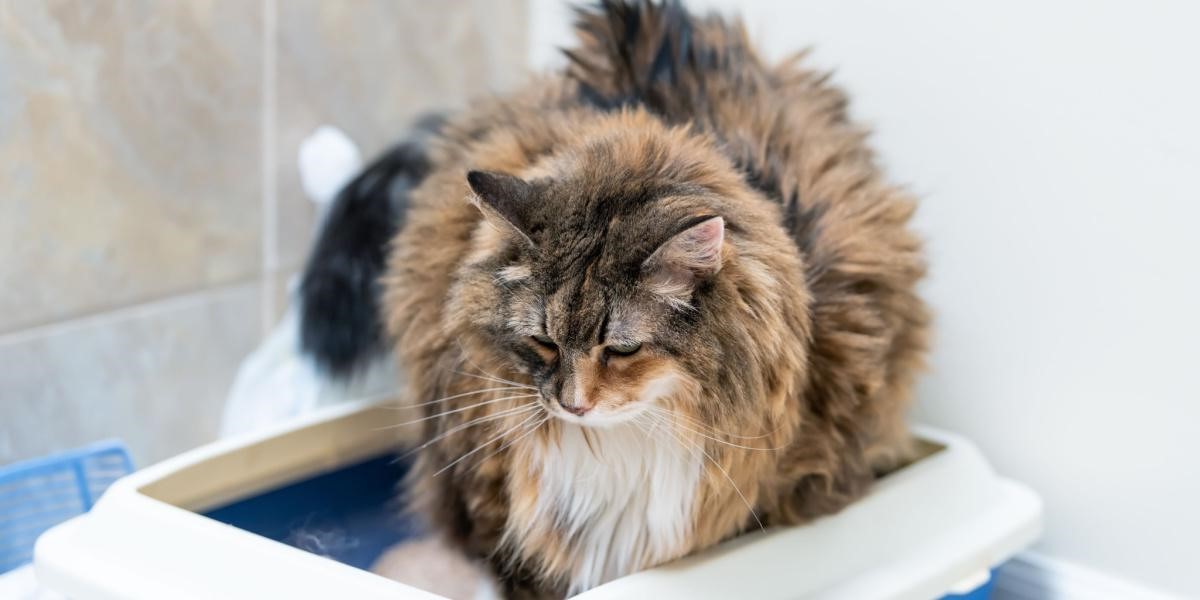
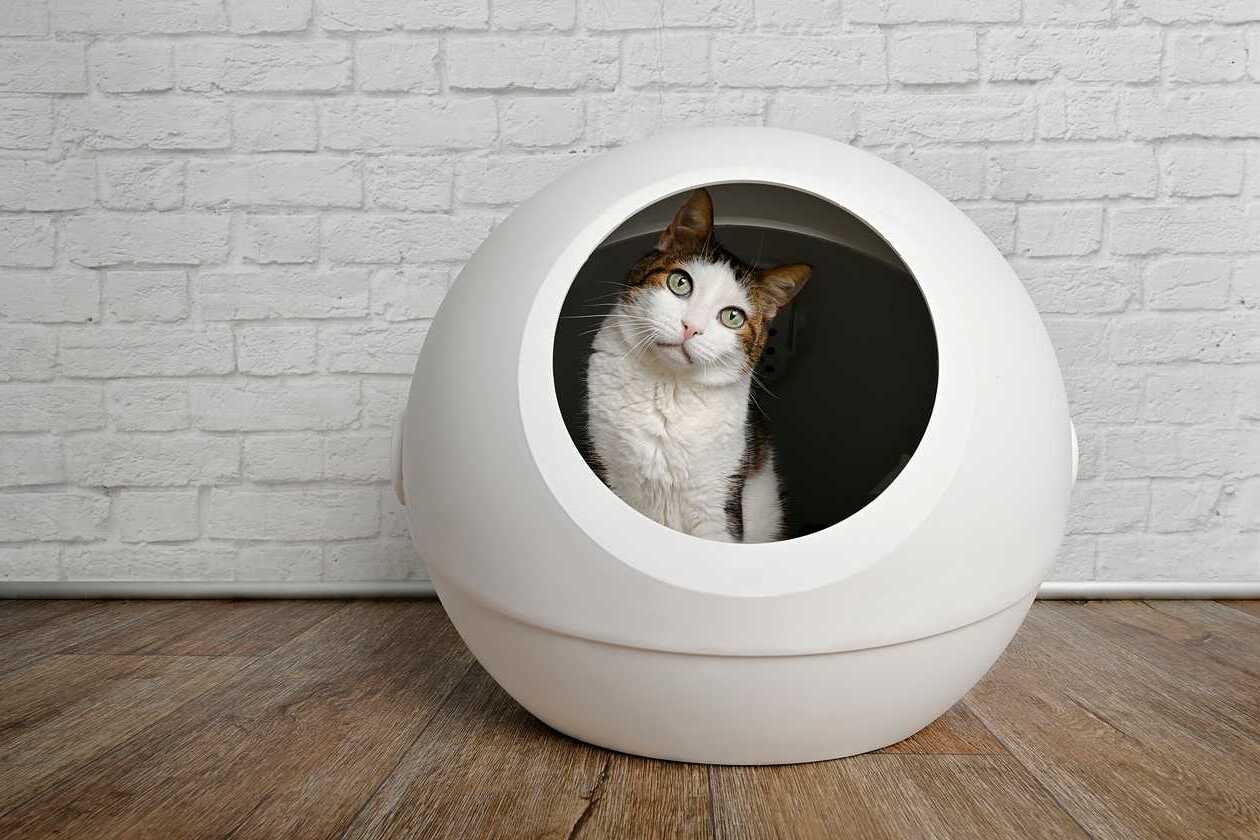
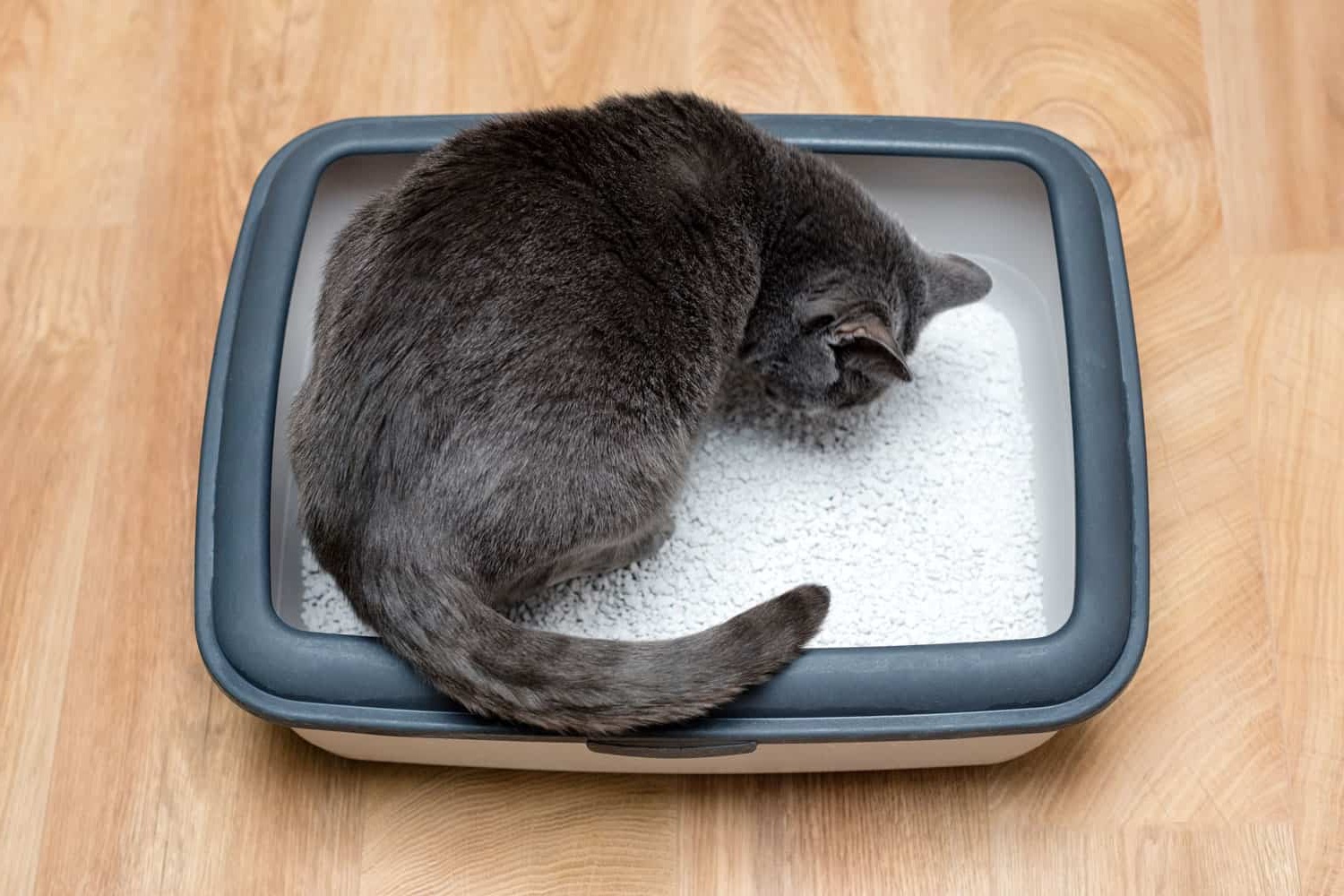
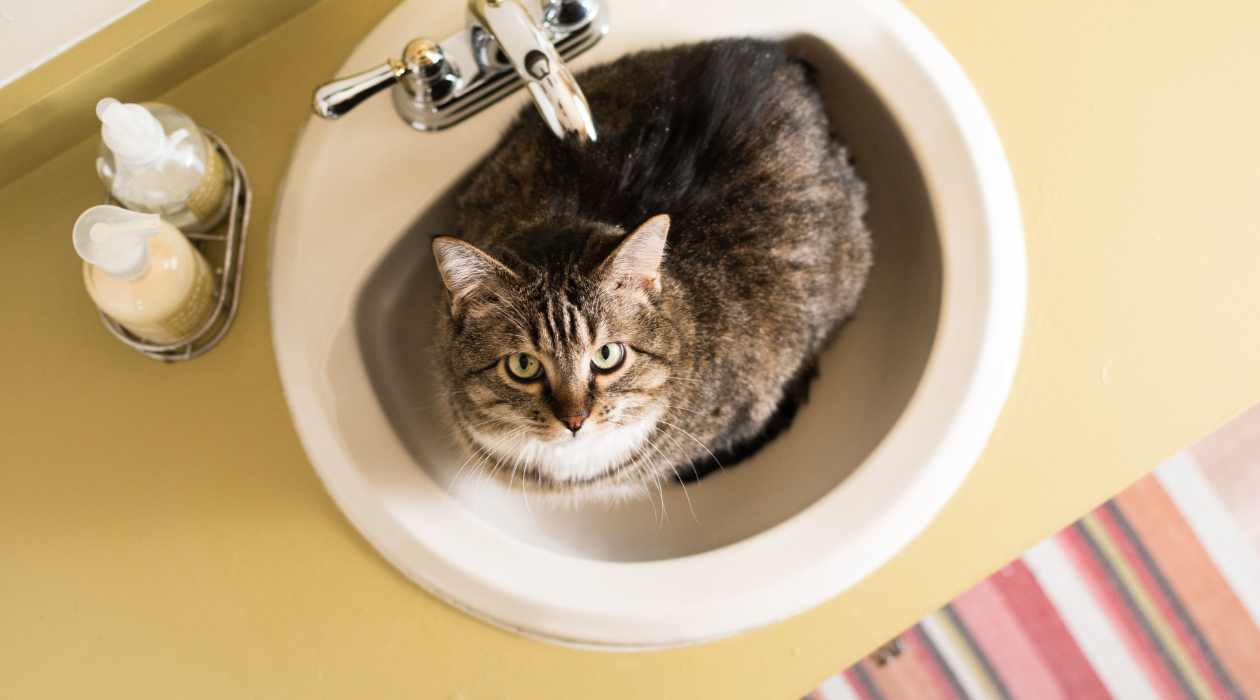
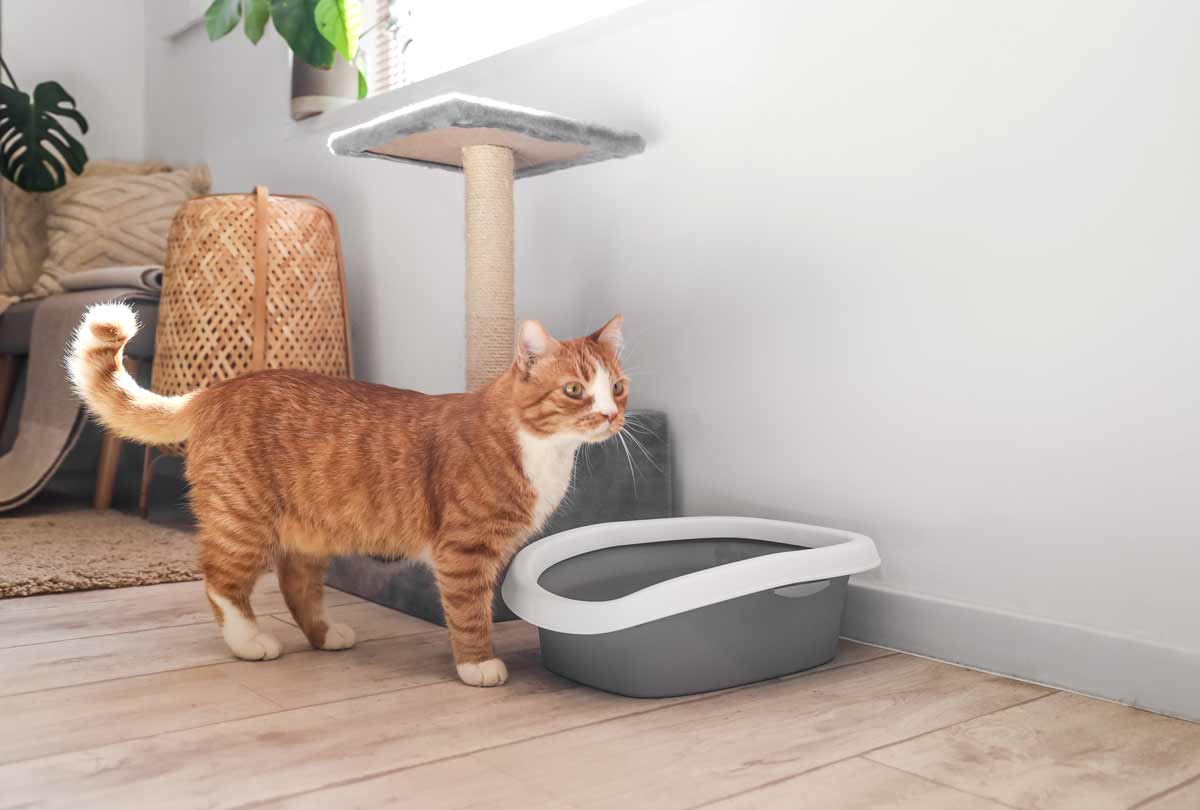
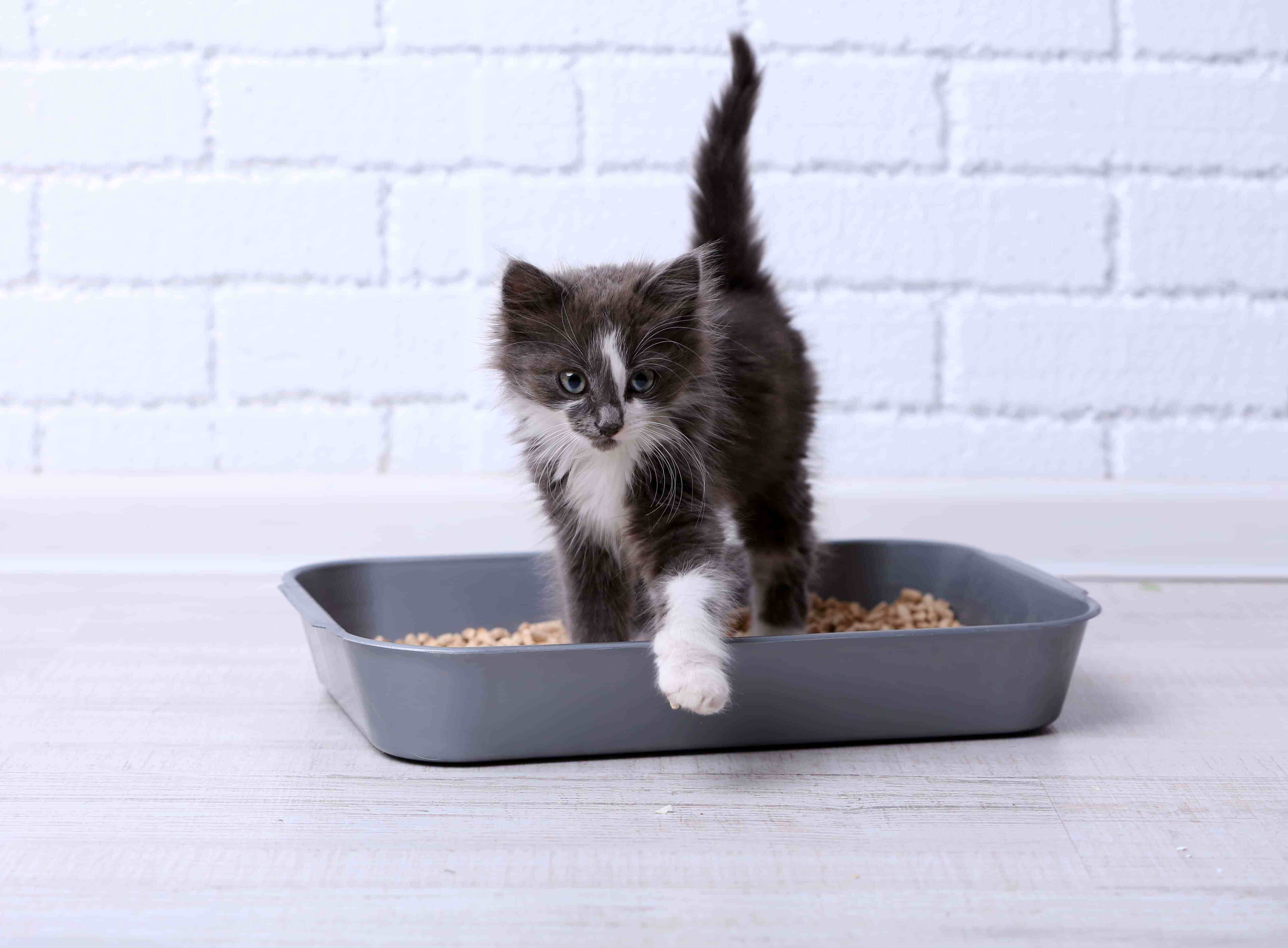
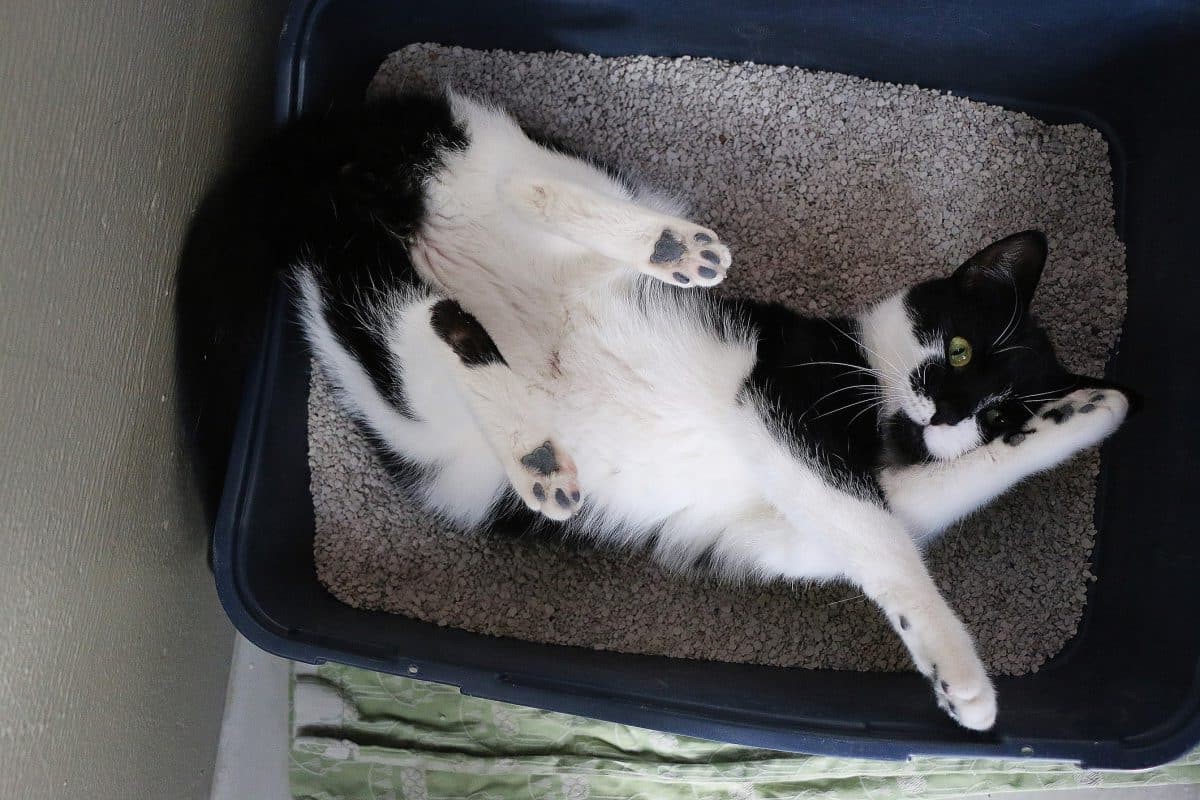
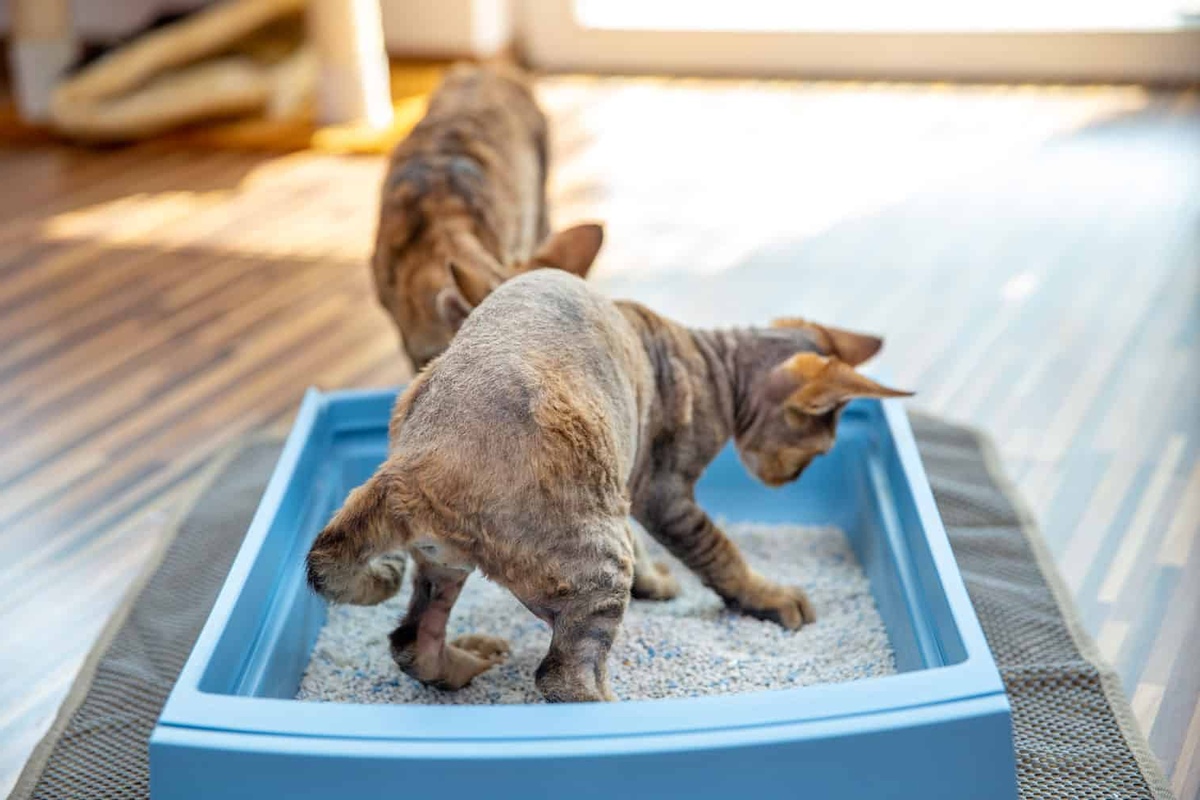

0 thoughts on “Why My Cat Plays In The Litter Box”